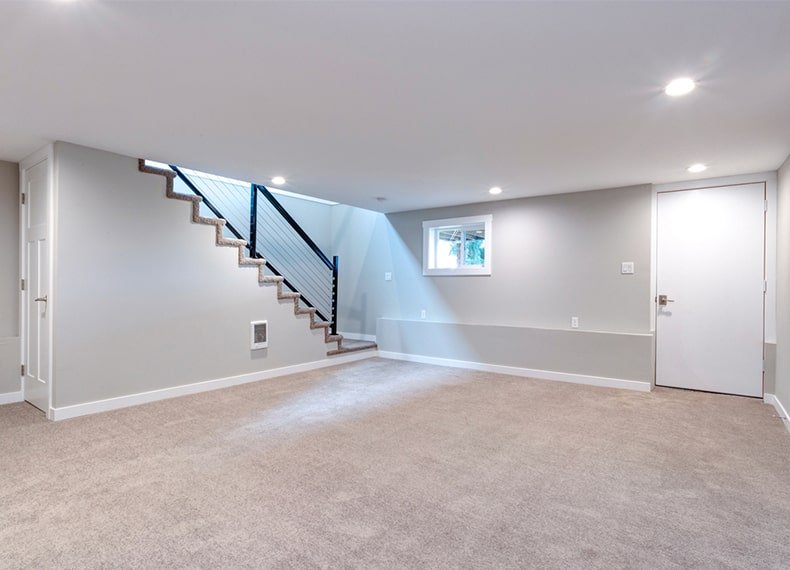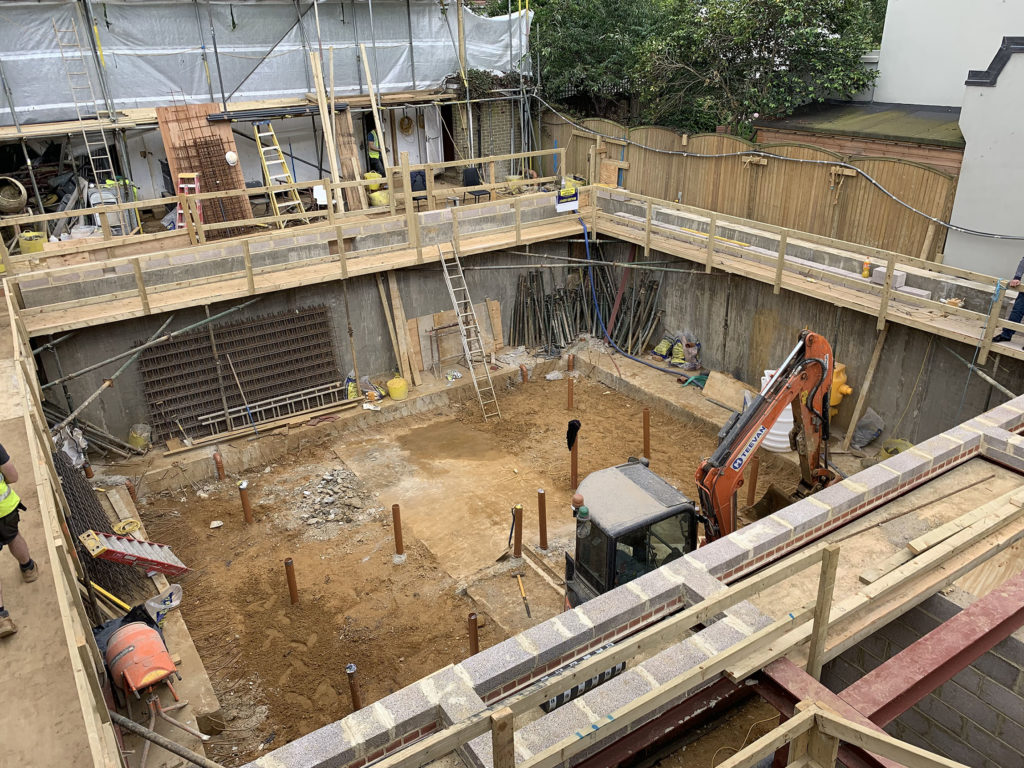Over the last few years, basement conversions have become quite popular, and for good reasons. A basement conversion is a way for homeowners to get extra usable space without having to endure the hassle of moving. Regardless of size, a basement conversion can be used for a number of things, from a home office or cinema room to a living area or new utility room. Another benefit is that the money you spend on a basement conversion can be gained back since the new space adds to your property’s value.
However, a crucial aspect of basement conversion that shouldn’t be ignored is damp proofing, as this ensures that your new basement is comfortable. Below are some helpful tips for damp proofing a basement conversion.
All building defects should be repaired
All building defects to the exterior of your building like; hollow and cracked rendering, cracked and blocked drains, leaking rainwater goods, and defective adjacent pavings, must be repaired as they can add to the amount of moisture entering your property.
Hire an expert to damp proof all the floors and walls
This should be the major part of your basement conversion project. It is absolutely crucial that you hire a London damp specialist to carry out a survey and give recommendations of the right materials and damp proofing method that your new basement will need. Damp proofing the floors and walls of your basement conversion serve to prevent the absorption of water by the walls and floors of your basement. Depending on the method recommended by the specialists in damp proofing, the moisture absorption can either be controlled or blocked completely.
Most specialists recommend having a CDM (Cavity Drain Membrane) system installed as they offer long-term protection, especially in warmer environments. An alternative method involves structurally waterproofing the walls and floors in a process known as ‘Tanking’. This damp proofing process uses the application of slurry coats of damp proofing material to block moisture from entering the floors and walls.

Insulation should be done before damp proofing is complete
If the damp proofing system you intend to use for your new basement conversion is a CDM system, then you should ensure that you insulate the floors, walls and ceilings before the final linings and plastering is done. Underfloor heating, wiring, and plumbing can also be installed.
Install a damp proof drainage system
Most damp specialists will recommend adding a drainage system to your basement damp proofing. These drainage systems will be drainage channels set in the floor and connected to a sump and pump. This way, any water entering behind the membrane will be diverted through these channels to the sump chamber, where it can be pumped into a designated drain. The pump should be fitted with an alarm and battery backup to alert you in case it fails. The pump should also be serviced by the installer annually.
Conclusion;
Basement conversions are a great way to utilise unused space in the home. However, it is important that they are properly damp proofed to prevent any of the issues relating to damp. Ensure that all damp proofing is handled only by qualified damp specialists.






